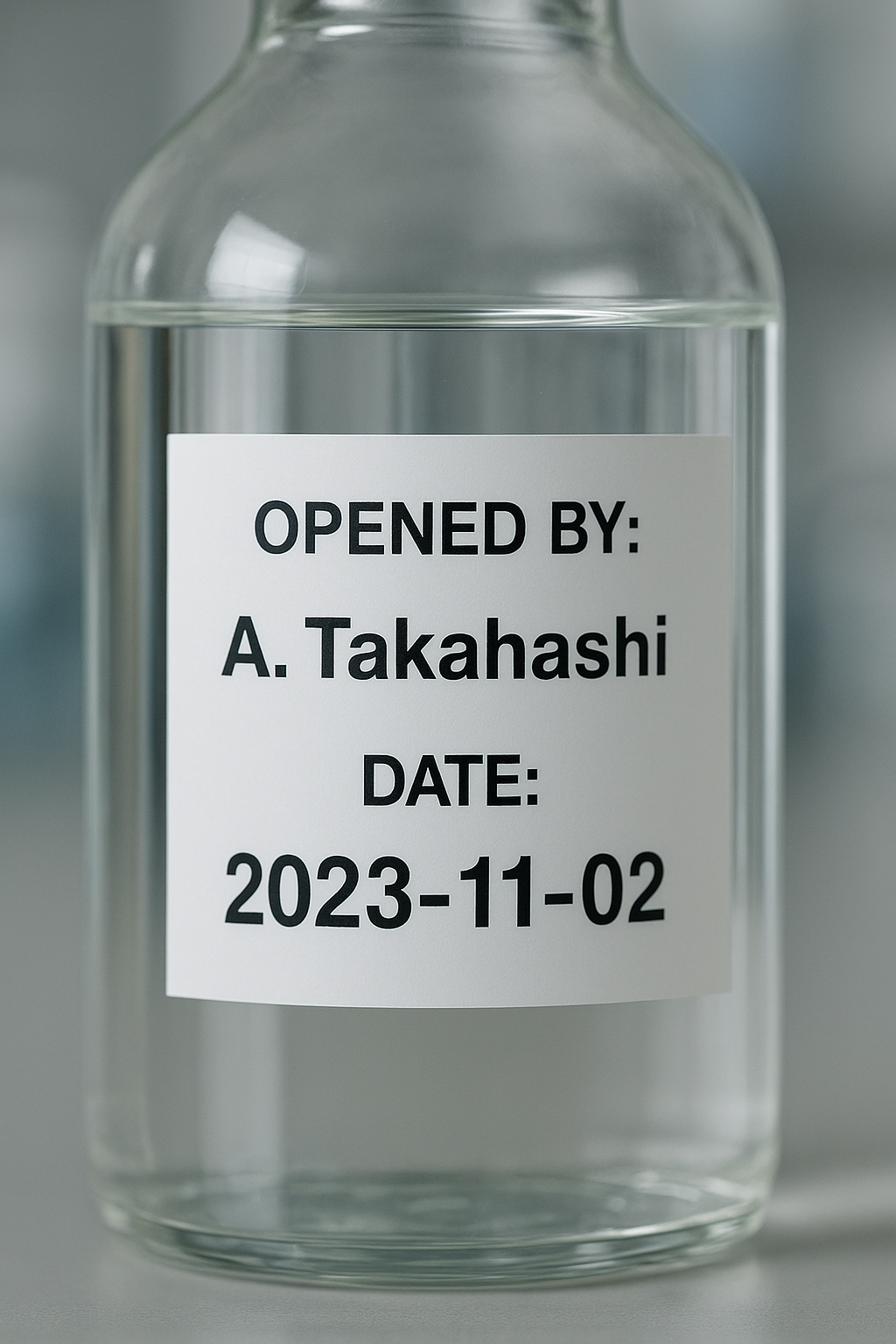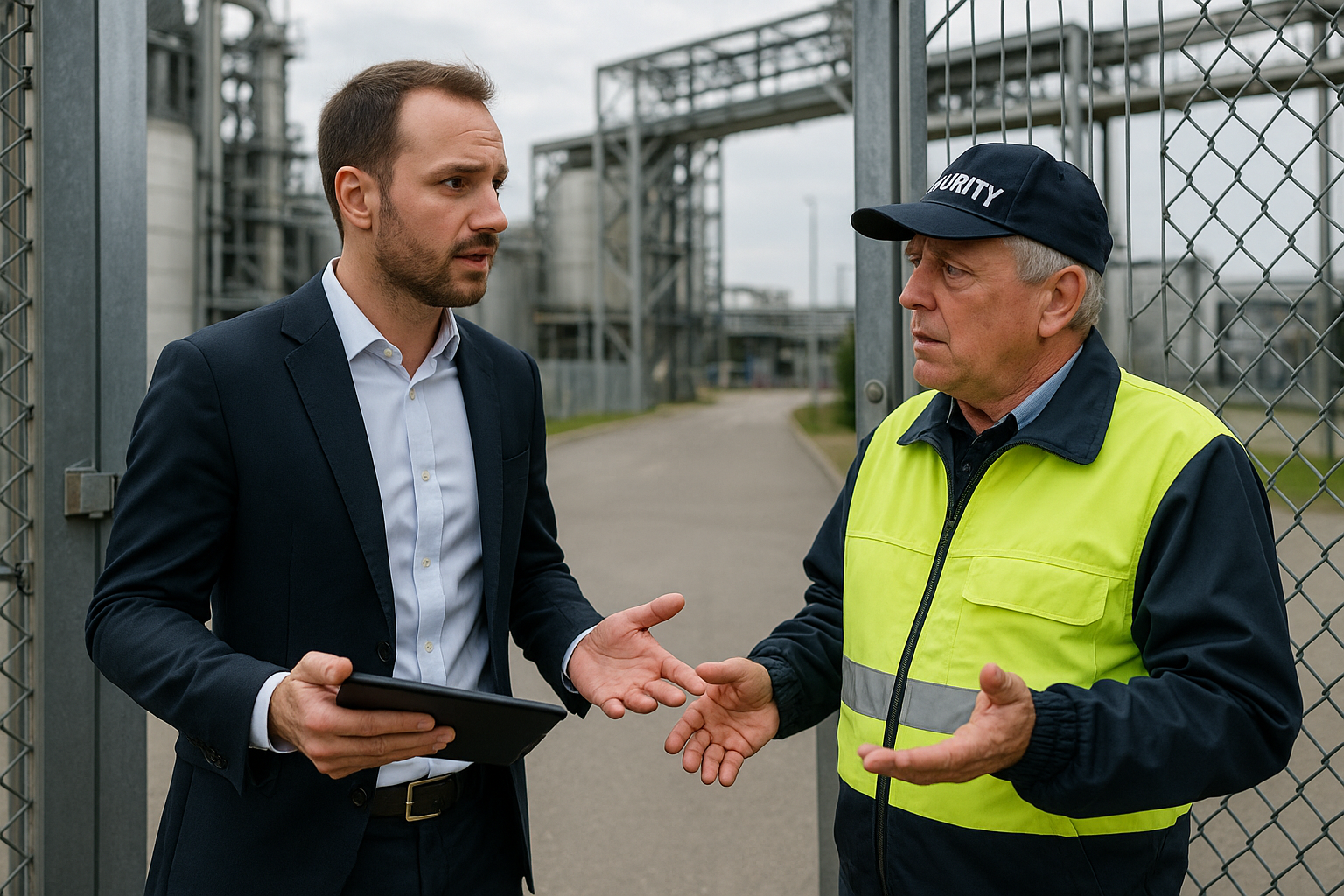Pest control isn’t just a checkbox in pharmaceutical audits—it’s a cornerstone of compliance. Many audit templates even require it as a standalone topic, and for good reason. Keeping rodents and pests away from medicinal products and packaging is non-negotiable.
During one audit in a North African country, I visited a series of warehouses used to store various pharmaceutical goods. Everything seemed in order—clean facilities, labeled zones, and temperature logs. But one warehouse had something missing: the rodent traps. Oddly enough, the walls were marked where the traps should have been.
That’s when we turned a corner and saw the reason: a large, ginger cat had made itself at home. It sat calmly among the shelves like it belonged there—an unofficial, self-appointed pest control manager.
While the scene might sound charming, it was a serious red flag. This wasn’t some friendly warehouse mascot; it was an uncontrolled contamination risk. Fortunately, the company’s Quality Assurance team understood this immediately. No explanations were needed—they were just as alarmed as we were.
In pharmaceutical warehousing, there’s no room for improvisation when it comes to pest control. Cute doesn’t cut it. Compliance means using documented, professional pest control solutions—not a cat, no matter how effective it might seem.
Key Takeaways:
- Pest control in pharma must be systematic and documented—never left to chance or nature.
- An auditor’s trained eye spots both what’s missing and what doesn’t belong.
Need help preparing for your next audit?
With years of experience across the globe, I know what regulators expect—and what surprises them. If you want to ensure your operations meet the highest standards, contact me today to book a consultation or supplier audit.


